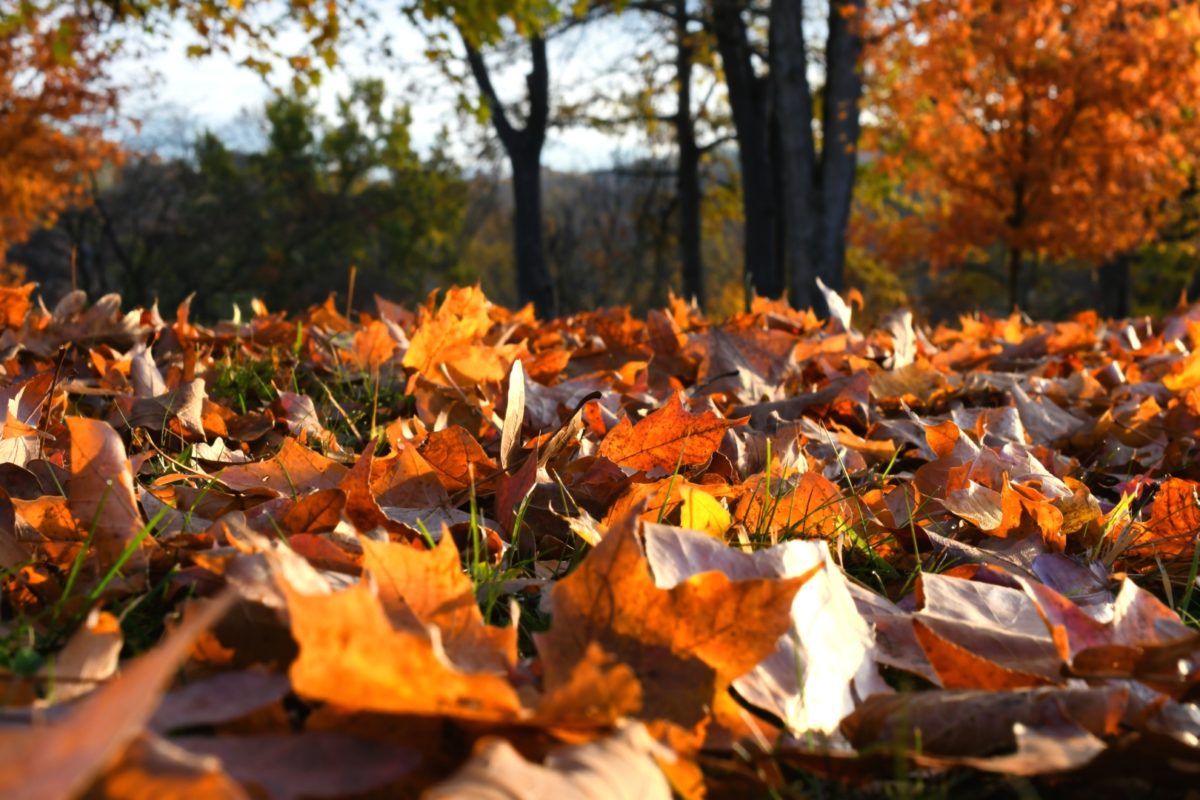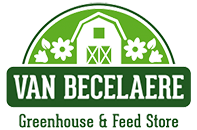Reasons to Remove Tree Debris, Including Rotten Leaves From Your Lawn

Posted on December 21, 2022 by Van Becelaere Greenhouse
Although it’s perfectly normal for trees to lose their limbs and leaves every year, it might surprise you to learn that fallen limbs and leaves can harm the health of your lawn if left to pile up.
If your goal is to allow the leaves to biodegrade into compost, that’s a great idea to feed your lawn. To gain all the benefits from leaf compost, you need at least six inches of leaf fall mixed with a nitrogen-rich green, like grass clippings or vegetable scraps.
That means picking up all the fallen leaves, but aside from the leaves, you should also remove any fallen limbs, pine needles, and other organic debris. There are many reasons for removing organic matter from your lawn—everything from risk of injury to mold and fungus growth and disease spread.
Impacts of Fallen Limbs and Leaves From Deciduous Trees
Can you remember seeing spots on your leaves or strange mushroom-like growths on one of your tree limbs last Spring or Summer? If so, it may have been one of any of the following diseases or infestations:
- Tree rust
- Tree blight
- Powdery Mildew
- Gall growths
- Witches broom
- Leaf spot
Once leaves or limbs hit the ground, the disease can spread. Although not all tree diseases can transfer to your lawn, they can lie dormant until picked up by the first wind gust and carried off to a new host.
But the immediate impact behind fallen tree debris is rotting limbs and leaves. After a time, a build-up of material can cause turf suffocation, which also gets triggered by too much thatch.
The fact is, your lawn, like you, needs to breathe. The root system may become too shallow for growth if a yard can’t get enough air.
Repurposing Downed Tree Debris
For fallen tree limbs or leaves, there are several ways to repurpose the downed tree debris.
- Mulching
- Composting
- Wildlife habitat
Mulching Down Tree Limbs
Mulch is one practical choice to repurpose fallen tree limbs. Mulch gets used for various purposes, including reducing soil erosion, retaining moisture in the soil, and preventing weeds from growing. It also helps improve soil fertility which leads to healthier plants and trees.
Composting Bins for Fallen Tree Leaves
Another common way to repurpose fallen tree debris is composting. Fallen tree leaves are excellent for composting in gardens and provide vital soil nutrients.
To create leaf compost, collect the fallen leaves and pile into a composting bin for several weeks, turning until decomposition is complete. Once the leaves have completely broken down into smaller pieces, spread them over your garden beds to provide rich soil.
Wildlife Habitat
It may sound like you’re inviting trouble, but leaves secured in a composting bin can provide a safe harbor for pollinators. From birds to native bee populations, fallen tree leaves offer insulation from the effects of winter temperatures and weather.
Discover More at Your Local Garden Center
While seasoned gardeners are already planning their Spring garden schedule, you may still be thinking about where to place a composting bin in your yard.
If you’re interested in learning more about mulching but need answers on how to properly store it over the winter, contact the staff at Van Becelaere Greenhouse in Pittsburg, Kansas, at 2513 East 4th Street. Their team of skilled garden professionals can help recommend the best ways to store mulch and compost and how to care for it long-term.
The garden center at Van Becelaere Greenhouse is open year-round, Monday through Saturday, 8:00 am to 5:00 pm. You can also visit their online tree shop to place early tree orders.
